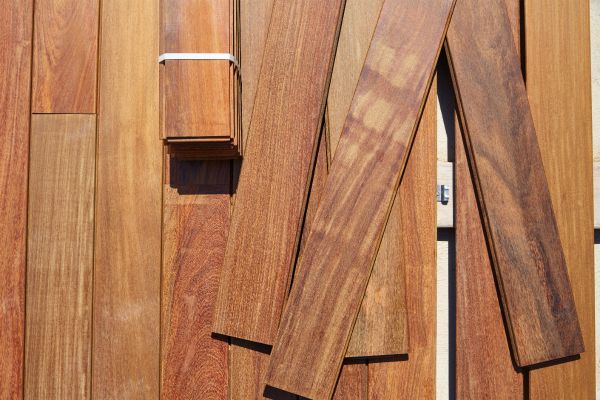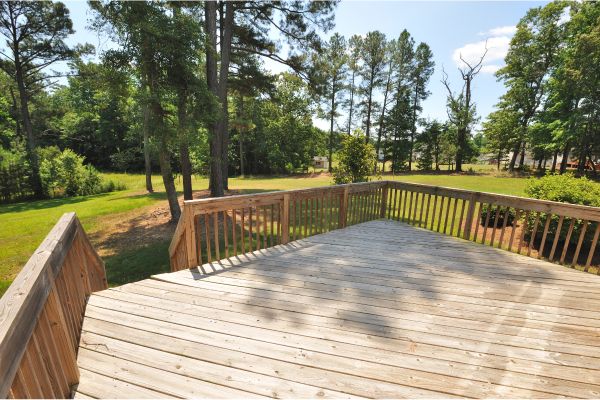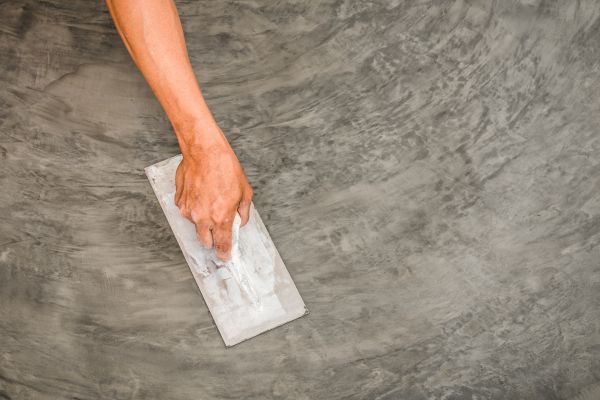A beautiful and functional deck can significantly enhance your outdoor living space, providing a perfect spot for relaxation, entertainment, and enjoying the great outdoors. However, selecting the right decking material is crucial to ensure durability, aesthetics, and long-term satisfaction with your investment. In this comprehensive guide, we’ll delve into various decking materials, their pros and cons, and factors to consider when making your decision.
Understanding Decking Materials
Wood Decking
Wood decking remains a popular choice for its natural beauty and timeless appeal. Options such as cedar, redwood, and pressure-treated lumber offer different aesthetics and durability levels. Cedar and redwood boast natural resistance to decay and insects, while pressure-treated wood is treated with chemicals to enhance durability. However, wood decking requires regular maintenance, including staining or sealing, to prevent decay and weathering.
Composite Decking
Composite decking, made from a blend of wood fibers and plastic, offers the look of wood without the maintenance. It’s highly durable, resistant to rotting, warping, and insect damage. Composite decking comes in a variety of colors and textures, mimicking the appearance of natural wood. While it tends to be more expensive upfront, its longevity and low maintenance requirements make it a cost-effective option in the long run.
PVC Decking
PVC decking is composed of synthetic materials, offering exceptional durability and low maintenance. It’s resistant to moisture, fading, staining, and scratching, making it an ideal choice for humid climates or areas with high sun exposure. PVC decking comes in a range of colors and textures, providing versatility in design options. However, it tends to be more expensive than other decking materials and may have a less natural appearance.
Aluminum Decking
Aluminum decking is a lightweight and durable option, particularly suitable for waterfront or coastal areas due to its resistance to corrosion and moisture damage. It requires minimal maintenance and is impervious to rot, insects, and warping. Aluminum decking is available in various finishes and colors, offering a sleek and modern aesthetic. While it can be pricier upfront, its longevity and low maintenance make it a worthwhile investment.
Factors to Consider When Choosing Decking Material
- Budget considerations: Determine your budget and weigh the upfront cost against long-term maintenance expenses.
- Climate and environmental factors: Consider your climate, sun exposure, and proximity to water when selecting a decking material that can withstand environmental conditions.
- Aesthetic preferences: Choose a decking material that complements your home’s architectural style and matches your design preferences.
- Maintenance requirements: Assess the maintenance needs of different decking materials and determine how much time and effort you’re willing to invest in upkeep.
- Longevity and durability: Evaluate the durability and lifespan of each decking material to ensure it can withstand years of use and exposure to the elements.
- Eco-friendliness: Consider the environmental impact of each decking material, including its sourcing, manufacturing process, and recyclability.
Comparing Decking Materials
- Cost analysis: Compare the upfront cost and long-term expenses associated with each decking material to determine the most cost-effective option.
- Performance comparison: Evaluate the durability, resistance to elements, and maintenance requirements of different decking materials.
- Sustainability and environmental impact: Consider the environmental footprint of each decking material, including its renewable sourcing and recyclability.
- Maintenance requirements: Assess the time, cost, and effort required to maintain each decking material over its lifespan.
Making the Final Decision
- Assessing personal priorities and needs: Consider your budget, aesthetic preferences, and lifestyle factors when choosing the right decking material for your home.
- Consulting with professionals: Seek guidance from decking experts or contractors to explore your options and make an informed decision.
- Considering long-term implications: Think about the longevity, maintenance, and resale value of each decking material before making your final choice.
- Reviewing warranties and guarantees: Check the warranties and guarantees offered by decking manufacturers to ensure peace of mind and protection against defects.
Takeaway
Choosing the right decking material is a significant decision that can impact the appearance, functionality, and value of your outdoor space. By understanding the characteristics, pros and cons, and maintenance requirements of different decking materials, you can make an informed choice that suits your needs and preferences. Whether you opt for the natural beauty of wood, the durability of composite, the low maintenance of PVC, or the sleekness of aluminum, investing in quality decking will enhance your outdoor enjoyment for years to come.








